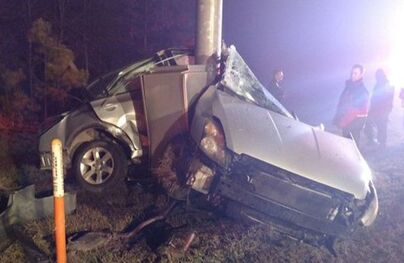 "It’s OK Mom and Dad - My Friend is Driving." These words prompt a sigh of relief from too many Parents, when they should actually raise a red flag! You may already know that car crashes are the #1 Killer of 15-20 year olds in America, (more than drugs, alcohol, and guns combined). You may also know that 7-8 kids leave home every day and never return, and over 800 more are injured, many of them permanently.
What you may not know is that nearly HALF of these young people that are lost or injured are passengers! That's right, these kids are basically innocent bystanders. Now, you may choose to believe that they were just in the wrong place at the wrong time, but that is a False Assumption! Many of these tragedies are caused by our failure as Parents to ask the right questions and get tough with our kids if we don't like the answers. What are the right questions? Here are 7 vitally important ones. (Please add your own as you see fit:)
0 Comments
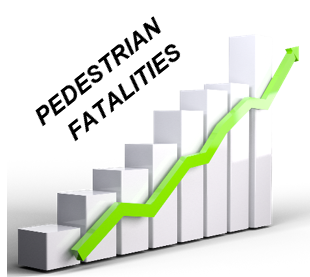 I am out on the road often, either driving or on my bike, and I am shocked by the number of pedestrians who either run or walk with their backs to traffic. Many of them are also wearing earbuds. This is absolutely the WRONG thing to do, and more than 20 times per day in America – it’s DEAD WRONG! Pedestrian fatalities have been climbing at an alarming rate. According to the GHSA (Governor’s Highway Safety Assn.) they exceeded 6500 in 2020 and preliminary statistics for 2021 lead to a projection of 7,495 (20.5 /day) https://bit.ly/3XGdUrK. There are a variety of contributing factors, including miles driven, social conditions and even weather conditions. Many experts believe that the deadly habits of TWD (Texting While Driving) and TWC (Texting While Crossing) are significant factors in this unacceptable increase. Here are 4 tips that can help keep you and your family safe: 1.When walking or running, ALWAYS FACE TRAFFIC. It’s the law https://www.nj.gov/oag/hts/pedestrian.html (but it shouldn’t have to be) 2. Of course, if you’re on a bike, you MUST ride with traffic. If you don’t already have them, I strongly recommend a helmet, headlight, taillight and rear-view mirror. 3. Always wear either something reflective, or a blinker or carry a small flashlight from dusk until dawn. We tend to assume (incorrectly) that drivers can see us. Far too many times, THEY CANNOT! 4. PUT THE PHONE AWAY! Not only when you are driving, but also when you are walking (especially crossing the street) and if you ride a bike on the street. I see so many young kids out riding and watching their phones. As adults, we need to set a positive example for our kids and teach them that stuff happens on the road - and it happens FAST! Please share this post with friends, family and everyone you care about. AuthorBob Ragazzo is a certified Defensive Driving Instructor, and the founder of 2 online driver training 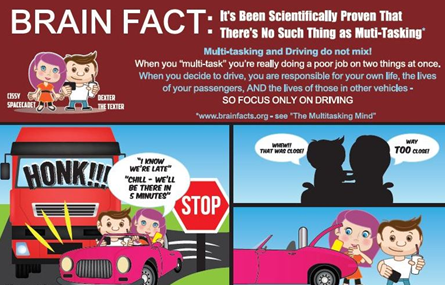 Teenagers think it’s cool to multi-task. They’re masters at it. They watch TV, surf the Internet, text their friends and do their homework — all at the same time. It’s almost like a badge of honor to them to see how much they can do at once. Unfortunately, many teens include driving among their multi-tasking list -- and that’s a critical mistake. Research has repeatedly shown that the human mind isn't built for multi-tasking. In fact, the research indicates that multitasking may even have long-term harmful effects on brain function. One example of this comes from a study by Stanford University authored by Adam Gorlick and researche by the late Clifford Nass. Professor Nass performed experiments with 262 college students that required them to switch tasks, filter irrelevant information and use working memory. The expectation was that the multitasking students would outperform those that didn’t multitask—at least on some of the activities. Instead, the results were exactly the opposite. Multitasking students were abysmal at all three tasks. What was even more alarming was that only one experiment actually involved multitasking. That told Nass that even when they focus on a single activity, those who frequently multitask actually use their brains less effectively.
As promised – here are 3 more ways to cut your Auto insurance premium (after adding a – gasp!!– Teen Driver to your policy.) When it comes to giving your child a car, (or allowing them to buy one themselves) remember that what your teen needs, more than a status symbol, is a safe method of transportation that’s reliable and equipped with up-to-date safety equipment. Give your kids something to drive, whether it’s technically theirs or yours, that will keep them protected on the road — “Look for small or mid-sized cars that are a few years old without being brand new,” says Driver’s Ed Guru. “Sporty cars and SUVs will generally cost significantly more to insure.”
Old-school driving advice said to always hold your hands at “10 and 2.” In other words, if your steering wheel were a clock, your left hand would be at 10 o’clock and your right hand would be at 2 o’clock. Unfortunately, many teens are still being taught the incorrect 10 and 2 hand position.
Most experts agree that it’s best to hold the wheel at 9 o’clock and 3 o’clock — for ALL drivers, not just teenage drivers.
|
Archives
May 2023
CategoriesAuthorBob Ragazzo is a Certified Defensive Driving Instructor who trains thousands of drivers of all ages, each year in the "Mental Aspects of Driving." |
© Parents Coalition To Stop Teen Driving Deaths Now. All rights reserved.



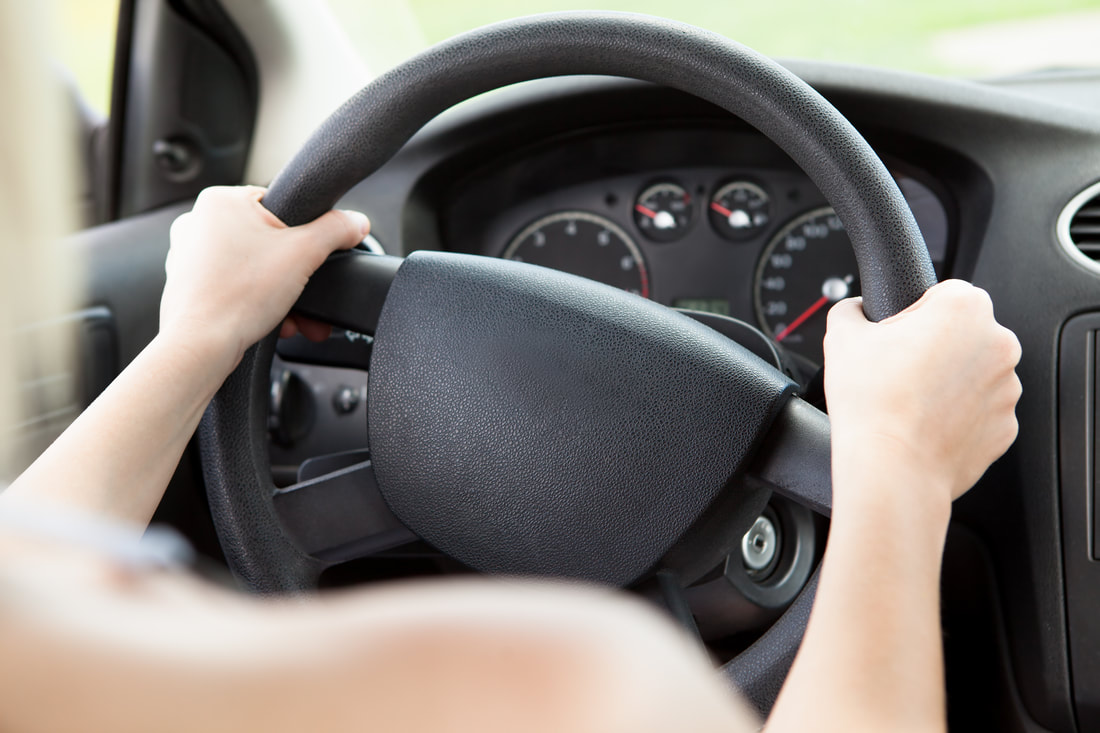
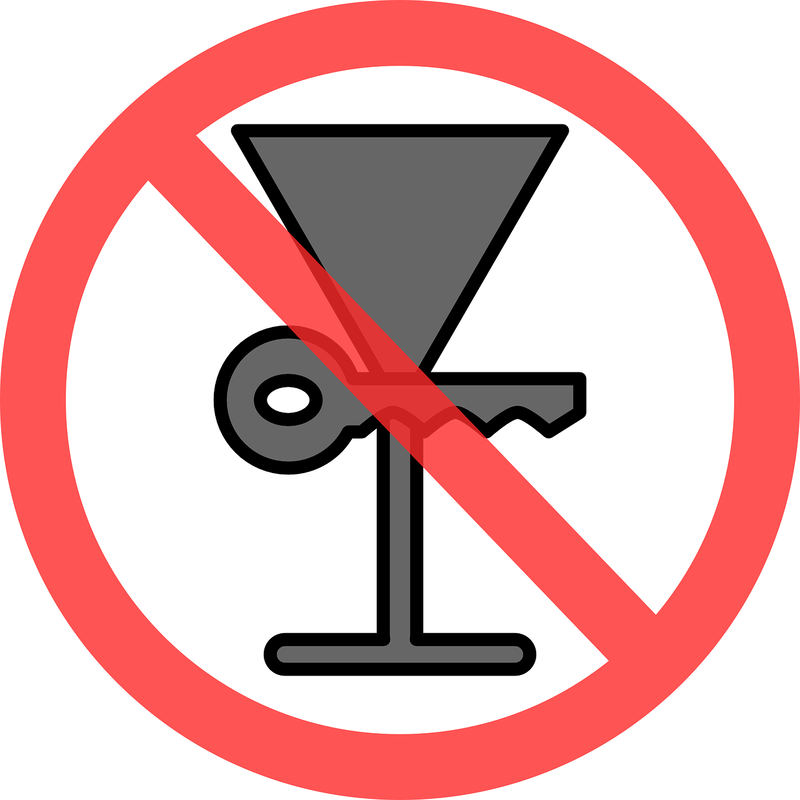
 RSS Feed
RSS Feed